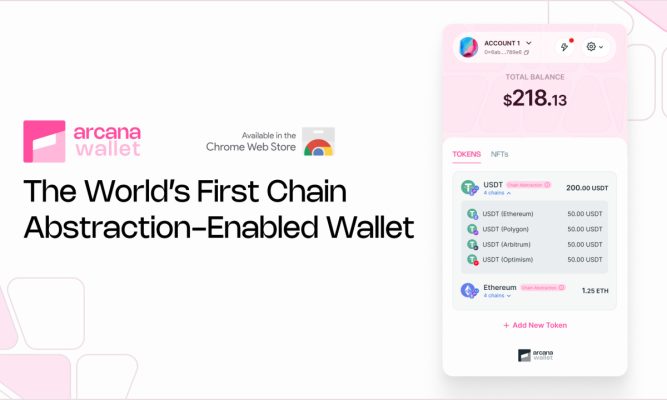Over the past couple of years, ICOs have become the buzzword of the crypto industry. In fact, ICOs have gained so much popularity since 2017 that even people that are not directly involved or related to the cryptosphere have started to show interest.
What are ICOs?
ICOs, or Initial Coin Offerings, are considered to be new-age fundraising processes through which new projects sell their underlying crypto tokens in exchange for other, more popular tokens such as BTC and ETH.

A bit of Context on the ICO
Despite the seemingly impressive numbers behind ICOs (managing to raise billions and billions of dollars worldwide since 2017), it’s not all sunshine and rainbows as ICOs seem to have a “tainted nature.” Anyone being even remotely involved in the sphere knows all about the bad publicity that ICOs have, and, for the most part, it’s for a good reason. According to various reports, well over 50% of all ICO in both 2017 and 2018 were complete scams.
The main reason why this happened is that ICOs were not regulated for a long time. This has been one of the main factors that helped pave the way for large-scale fraud and market manipulations. The good news (for some, at least) is that the US SEC (United States Securities and Exchange Commission) seems hell-bent on fully regulating the ICO markets.
The Future of ICOs
ICOs have such a bad rap that most serious investors automatically think about fraud when hearing about them. This is where the so-called “compliant ICOs” come into play. STOs (Security Token Offerings) and DSOs (Digital Security Offerings) seen to be the latest catchwords in the crypto fundraising field.
Before we dive deep into what STOs and DSOs really are, it’s important to first touch upon what a “security” is. More to the point, we will explain what’s the difference between a utility token (used in ICOs) and a security token (used in STOs and DSOs).
As you may have gathered from the ICOs definition mentioned above, utility tokens provide its holders with future access to a company’s platform, service, or network. They are used by crypto startups to fund their business activities by selling them for other, more popular tokens.
Security tokens are a relatively new type of assets, as they are backed by something tangible such as assets or profits of the company. The previously mentioned SEC describes any token that passes the Howey test as being a security token. In short, they fall under the jurisdiction of the SEC, hence, they are subjected to official regulations of the said institution.
So, What Exactly are STOs and DSOs?

To keep it as simple as possible, STOs and DSOs are essentially regulated ICOs. Be that as it may, it’s important to note that there’s still a long way to go until ICOs, STOs, DSOs will be completely regulated. This means that even as we speak, both DSOs and STOs could be worked on, and things might very well change in the future.
Therefore, for now, the defining aspects of STOs and DSOs are the fact that they act in response to the SEC and they represent a new, innovative way of tokenizing traditional securities.
Benefits and Drawbacks of STOs and DSOs
As mentioned before STOs and DSOs are regulated which means that, at least in theory, they are safer than their ICO counterparts. STOs and DSOs are protected by the SEC regulatory standards. Another advantage is that digital tokens can be divisible up to 18 decimals which makes the underlying asset of the said security far more “liquid.”
Another great advantage is the fact that STOs and DSOs offer greater flexibility for business owners. In turn, this should help them attract more investments and should also lower the barrier for entry in the market. By following a strict set of standard, rules, and regulations, STOs and DSOs are a lot more transparent than many ICOs.
As with all things, STOs and DSOs have their fair share of drawbacks; not surprising, considering the fact that the STO and DSO market is relatively young. One of the first drawbacks of DSOs and STOS is the fact that they might actually limit the investment opportunities only to accredited investors.
They may be safer, but all that protection comes at a price, as investors are required to undergo KYC and AML procedures. Without a doubt, the process might become more complex (at least until things settle in). ICOs were so great because they provided every investor with the chance to participate regardless of their backgrounds, financial situations, and age. While the process was indeed very risky with ICOs, it was anonymous and somewhat frictionless, nonetheless.
Last but not least, due to their nature, STOs and DSOs might require secure platforms to manage the sales, which might make the process a lot slower and a lot more expensive.
Will DSOs and STOs replace ICOs?
Answering this question is not as straightforward as it might seem, due to a large number of implications. It’s a good chance that ICOs won’t go entirely extinct over the following period. ICOs may very well live on forever despite their tainted name and their risky nature. At the end of the day, STOs and DSOs are great because they offer some answers to some of the biggest problems of ICOs in 2017 and 2018. If will they will do more than that, though, only time will tell.
DSOs vs STOs: Conclusion
Whether or not STOs and DSOs are the future of the crypto fundraising industry remains to be seen, as the idea of DSOs and STOs is still a relatively early stage. However, it seems that the days of ICOs are somewhat coming to an end, and it’s quite clear that DSOs and STOs play a big role in that.



